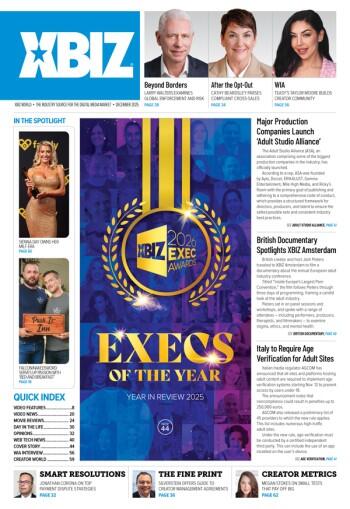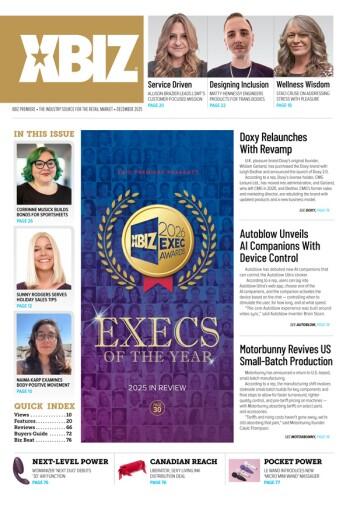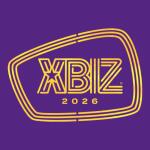Change in technology is swift and can be brutal.
Just ask anyone who owned a TGP/MGP site back in the late 2000s.
Many people assume the fast speed at which sites are created online has to do with faster computers. In actuality though, the majority of the increased development speed is now obtained by using new productivity-boosting software development methodologies and open-source tools.
While the rapid speed at which technological innovation occurs online can potentially destroy a company that is not prepared, it also allows new companies to create amazingly cool products in a fraction of the time than it did previously.
Many people assume the fast speed at which sites are created online has to do with faster computers. In actuality though, the majority of the increased development speed is now obtained by using new productivity-boosting software development methodologies and open-source tools.
In the spirit of the open source movement, I have distilled 11 of Grand Slam Media’s battle-tested software and company culture development tips that we used in the recent creation of our new ad network, Adnium, with the hope that you too can create new web-based products in a fraction of the time and cost of traditional development models like we did.
Use and Help Support Open-Source Hosting Software
PHP, MySQL, NGINX. These are proven open-source products that are supported almost universally across any hosting environment. The goal should be to put all your energy into the product itself and not worry about the underlying platform used to host it. So don’t reinvent the wheel with your product when it comes to hosting it unless it’s absolutely required.
Design the Product in HTML First, Then Program Out the Features to Work Last
When you design your site in HTML first, you avoid productivity sapping “feature creep,” (when someone deviates from the intended goal and comes up with a cool idea that has nothing to do with the core product). Additionally, programmers find it really easy to figure out what to do next in development simply because when you click around, a link or feature simply doesn’t work. It’s much easier to communicate ideas visually than it is to write itemized lists and it avoids costly last-minute programming changes.
Keep Dev Teams Small and in the Same Office or Workspace
Some teams can work remotely just fine, but in my experience with software development, it tends to increase the time it takes to develop a product. Additionally it can lead to more bugs when functions and processes are not communicated effectively. Body language is a much more effective abstract communication form than emoticons.
Use an Agile Programming Methodology
In general, you need to be splitting up larger problems into smaller ones and distributing those tasks across multiple people. By changing the order of completion of those smaller tasks you achieve maximum effectiveness. You can achieve break-neck speeds in software development versus people stepping on each others toes all the time.
Use a Project Management Tool For Programmers Not Managers
Basecamp is horrible for software development. We love Pivotal Tracker. Pivotal Tracker is designed with a simple SCRUM board to track tasks. We pair it with our Agile methodology to make sure everyone knows exactly what’s being worked on right now and when it was completed.
Give Employees Their Own Personal Computer Productivity Tracking Tool
I love Rescue Time. This tool allows employees to track how much time they are spending each day on specific tasks and make adjustments to boost their overall productivity. It can monitor website usage, application usage and pretty much anything else you allow it to. However, require employees to use their own personal email addresses to signup and access the data. This keeps everyone in the know and reaffirms that the tool is not for spying on them, because that’s creepy, demoralizing and just plain ethically wrong, but to empower them to be better everyday by managing their time more effectively and efficiently.
Eat Breakfast Every Day
It’s no secret that eating a meal in the morning has productivity boosting benefits all day. Take 10-15 minutes out of work every morning and gather the team to get something to eat together. If you can afford it, buy or make your employees breakfast everyday as reward for their hard work. It’s the little things in life that matter the most to people and nobody works well on an empty stomach. You’ll easily save 10-plus minutes of productivity in an eight-hour day.
Eat Lunch Together Every Day
Eating together sparks conversation and deeper connections between everyone in an office. Everyone catches up on the latest gossip, talks about their favorite new TV show and so forth. It also increases productivity by keeping distractions during the workday to a minimum and sparking cross department ideas and problem resolution solutions that may never have been found or solved otherwise.
Don’t Work Overtime
People have lives outside the office and work/life balance is something that a lot of companies don’t respect. We’ve taken the opposite approach and only work overtime if something is broken with our software. If you are not getting enough done during an eight-hour day, there is most likely a greater problem at hand that needs to be solved.
Monitor Every Single Layer of Your Product — Provide Automated Alerts to Problems That Occur
We use New Relic for our entire platform. It gives us a very deep level of granularity to isolate and detect problems with our platform very quickly and the ability to intervene before the problem becomes worse. It also allows you to quantify if changes to your platform are having a positive effect or a negative one instantly.
Don’t Play Follow the Leader; Be the Leader
Recognize that just because a product, service or idea is the way it is, it doesn’t mean you can’t create something new, molding it or shaping it anyway you want.
Ian Lester, lead developer at Grand Slam Media, has more than a decade of experience in programming, advertising and traffic generation. Lester is touted as an expert in the field and has become well-regarded among the technology circles of the adult entertainment industry. Lester can be reached at ian@grandslammedia.com.






